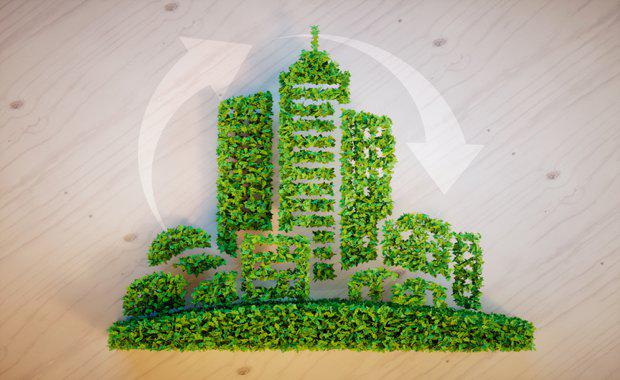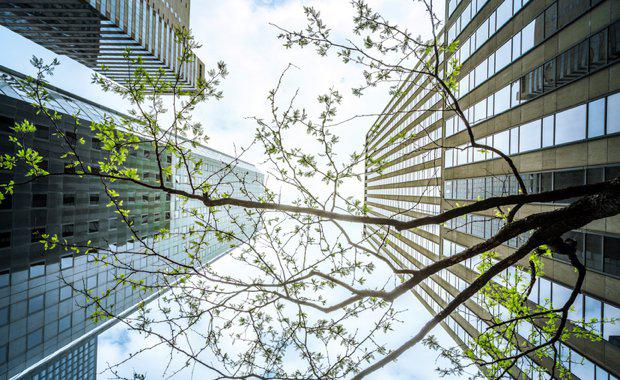Can Money Really Grow On Trees? Increased Tree Canopy Boosts Sydney Property Values
Increased leaf canopy cover is linked to a significant increase in property values, according to Green infrastructure: a vital step to brilliant Australian cities.
The report, released by infrastructure firm AECOM, compiled urban data analytics across three different suburbs in Sydney, and found that for every 10 per cent increase in the canopy coverage within the street corridor, the value of properties increased by an average of $50,000.
Annandale's value increased to $60,761, Blacktown increased to $55,000 and Willoughby climbed to $33,152.
Report co-author and AECOM Cities Leader James Rosenwax said population growth in Sydney had placed enormous pressure on existing critical infrastructure like roads and utilities, but trees were often forgotten or undervalued.
“If we don’t put a financial value on trees there is less incentive to protect them when looking at the cost benefits of new roads, bridges or buildings,” he said.
"Unfortunately, the humble street tree is often in conflict with other forms of infrastructure and development.
“Our report found that without sufficient ‘green infrastructure’ Sydney would be hotter, more polluted and could be worth $50 billion less.”

The value a city derives from its urban trees is difficult to measure due to the disconnect between the beneficiaries and the direct costs borne by the councils, utilities and road authorities who manage them.
The report’s author and AECOM Director Roger Swinbourne said those who didn’t experience or understand a tree’s collective benefits would only perceive its costs such as potential to fall, dropping leaves across lawns, or shading of rooftop solar.
“Grey and green infrastructure need to co-exist wherever possible, especially as temperatures in our cities rise along with the frequency of storm water events,” Mr Swinbourne said.
“To ensure the value of green infrastructure is recognised, our research found a connection between canopy coverage and the value of Australia’s favourite investment, the family home."Following one of Sydney’s hottest summers on records, the research also looked at the temperature benefits of tree canopy cover in Sydney’s inner west suburb or Annandale. It found air temperature was four degrees Celsius lower in streets with 28 percent canopy coverage than in streets with 20 percent coverage. The surface temperature of concrete and asphalt was also at least 14 degrees cooler in the shade.
“Roads and pavements last longer and cost less to maintain if they benefit from canopy cover offered by trees," Mr Swinbourne said.
"The irony here is that the very development that often leads to the removal of trees suffers in the long run as the ‘double whammy’ of direct sunlight and more surface water increases maintenance frequency and cost.”
The report also found current Australian regulations and business models focus on minimising risks and do not encourage transport authorities, energy companies, councils, developers and residents to recognise street trees as essential infrastructure or consider the financial cost of removing them.

Sydney Tree stats
City of Sydney spends up to $5 million each year managing thousands of trees.
Ausgrid spends approximately $43 million each year maintaining vegetation, mostly to protect power lines from tree branches.
11,000 trees and shrubs planted by the City of Sydney since 2006.
By 2050 the City of Sydney aims to achieve 27 per cent tree canopy coverage of its local government area.
42 public authorities and agencies that manage street trees, parks and other green infrastructure across greater Sydney.















